Kinetic chain rehabilitation: a theoretical framework
- PMID: 22666599
- PMCID: PMC3361354
- DOI: 10.1155/2012/853037
Kinetic chain rehabilitation: a theoretical framework
Abstract
Sequenced physiologic muscle activations in the upper and lower extremity result in an integrated biomechanical task. This sequencing is known as the kinetic chain, and, in upper extremity dominant tasks, the energy development and output follows a proximal to distal sequencing. Impairment of one or more kinetic chain links can create dysfunctional biomechanical output leading to pain and/or injury. When deficits exist in the preceding links, they can negatively affect the shoulder. Rehabilitation of shoulder injuries should involve evaluation for and restoration of all kinetic chain deficits that may hinder kinetic chain function. Rehabilitation programs focused on eliminating kinetic chain deficits, and soreness should follow a proximal to distal rationale where lower extremity impairments are addressed in addition to the upper extremity impairments. A logical progression focusing on flexibility, strength, proprioception, and endurance with kinetic chain influence is recommended.
Figures


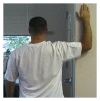
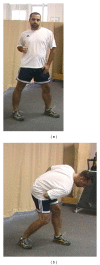
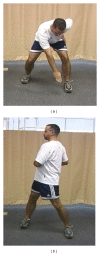

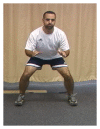
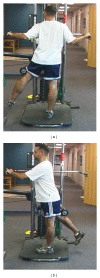



References
-
- Lintner D, Noonan TJ, Kibler WB. Injury patterns and biomechanics of the athlete's shoulder. Clinics in Sports Medicine. 2008;27(4):527–551. - PubMed
-
- Davis JT, Limpisvasti O, Fluhme D, et al. The effect of pitching biomechanics on the upper extremity in youth and adolescent baseball pitchers. American Journal of Sports Medicine. 2009;37(8):1484–1491. - PubMed
-
- Kibler WB, McMullen J, Uhl T. Shoulder rehabilitation strategies, guidelines, and practice. Operative Techniques in Sports Medicine. 2000;8(4):258–267.
-
- Kibler WB, Press J, Sciascia A. The role of core stability in athletic function. Sports Medicine. 2006;36(3):189–198. - PubMed
-
- Bagg SD, Forrest WJ. A biomechanical analysis of scapular rotation during arm abduction in the scapular plane. American Journal of Physical Medicine and Rehabilitation. 1988;67(6):238–245. - PubMed
LinkOut - more resources
Full Text Sources
Medical

